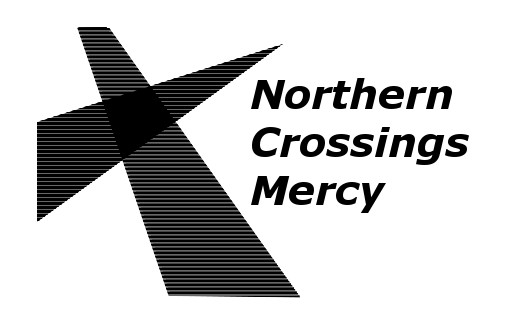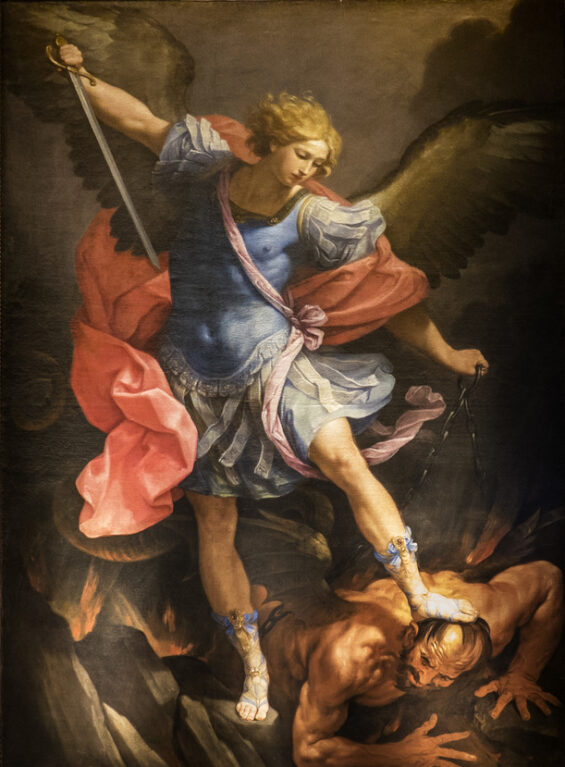If you wander around Europe you see the statue of Michael and the dragon in almost every major town square. If not in the square, then displayed somewhere . Ubiquitous is the word. So seeing something that often is made to make one think, and therein lies a dilemma. He is called the Archangel Michael in the book of Jude and yet Catholics call him a Saint. Well, they portray him as an Angel too, and that adds to the confusion. Luther and those who followed him claimed that Michael is Christ which also confuses me. In our hymnal we have a Feast for “Michael and All Angels” so we seem to have thrown our lot in with him as an Angel. Scriptural notations are scant but important.
Jude 1:9 – Yet Michael the archangel, when contending with the devil he disputed about the body of Moses, durst not bring against him a railing accusation, but said, The Lord rebuke thee.
Daniel 12:1 – And at that time shall Michael stand up, the great prince which standeth for the children of thy people: and there shall be a time of trouble, such as never was since there was a nation even to that same time: and at that time thy people shall be delivered, every one that shall be found written in the book.
Daniel 10:13 – But the prince of the kingdom of Persia withstood me one and twenty days: but, lo, Michael, one of the chief princes, came to help me; and I remained there with the kings of Persia.
Revelation 12:7 – And there was war in heaven: Michael and his angels fought against the dragon; and the dragon fought and his angels,
Daniel 10:21 – But I will shew thee that which is noted in the scripture of truth: and there is none that holdeth with me in these things, but Michael your prince.
The name itself means “who is like the Lord?” That adds to the confusion.
I can live with some confusion about Michael because whoever he is it is good news. We have a strong defender and angelic defenders. What is very interesting is that in our upside down world where our Christian imagery and iconography, if we have any, has been held in contempt, today a lot of attention is paid to Michael for what I consider to be all the wrong reasons.
Michael for those who consider him a saint is the patron of soldiers. This from a military chaplain –
“The Sword of St. Michael: The 82nd Airborne Division in World War II,” opens with a quote from John Milton’s book, Paradise Lost:
“… but the Sword
Of Michael from the Armorie of God
Was giv’n him tempered so, that neither keen
Nor solid might resist the edge: it met
The sword of Satan with steep force to smite
Descending, in half cut sheere, nor staid,
But with swift wheele reverse, deep entering shar’d
All his right side; then Satan knew first pain …”
The highly spiritual and religious quote cited above can spark a chill down one’s spine.
This is the battle between good and evil crafted in poetic fashion.
But, what is the origin of this fierce spiritual warrior, Saint Michael, the patron of the airborne?
Three major religions, Judaism, Christianity, and Islam all cite Michael as a great figure to be revered.
He’s mentioned in the Hebrew Bible, the Christian New Testament, and the Quran.
The name Michael means “Who is like God?” in Hebrew.
The ultimate answer to his name is “no one.”
The Bible records Michael’s name with the title, archangel, which means “chief angel.”
He is one of the chief angels of the heavenly army doing God’s bidding in the fight against spiritual evil.
The Catholic Church has listed an additional title – saint, meaning holy one.
So, what is the historical link between Saint Michael and the military community?
During medieval times the Catholic Church chose Michael to be the patron of the military.
As a patron saint, he was an advocate and intercessor to God on behalf of the military.
According to the holy texts, there is a continuous spiritual war between good and evil going on, and it is fleshed out on the battlefield in both heaven and earth.
This spiritual battle is described in the Apostle Paul’s Letter to the Church at Ephesus.
In Ephesians 6:10, he wrote, “For we do not wrestle against flesh and blood, but against the rulers, and against the authorities, and against the cosmic powers over this present darkness, against the spiritual forces of evil in the heavenly places.”
Christian religious texts say there is a relationship between our prayers to God, the archangel Michael’s fight in the heavenly areas, and how our lives are affected on earth.
To say it another way, there is a correlation between a service member’s prayers and Michael’s heavenly fight against evil.
Our prayers fuel Michael’s fight, which in turn provides us with protection and assistance.
One can easily see why Saint Michael would be adopted as the patron of the airborne paratrooper in World War II.
There was great evil that needed to be conquered, both in Europe and in the Pacific.
Saint Michael is a symbol for us as a spiritual warrior, who stands ready to fight on behalf of the good.
He is, in a sense, a captivating and encouraging symbol.
For many who believe, we are drawn to God through Michael as a symbol of protection and assistance in the midst of a dangerous employment.
We take great comfort that God has placed such an advocate on the side of the good to help us succeed.
This is the faith we bring to the fight.”
And there in lies the rub. The Department of Defense now has a problem with Michael. He was good enough for WWII but now in our woke culture he is a disgrace. The one explanation I heard is that images of Michael worn by special forces may raise the image of the murder of George Floyd. Why? Because most depictions of Michael have him standing over Satan with one foot on his neck.
If this is true, and I pray it is not, then we should focus more attention on Michael and Christ’s battle with principalities and powers because we are in more trouble than we imagined and I can imagine a lot.


